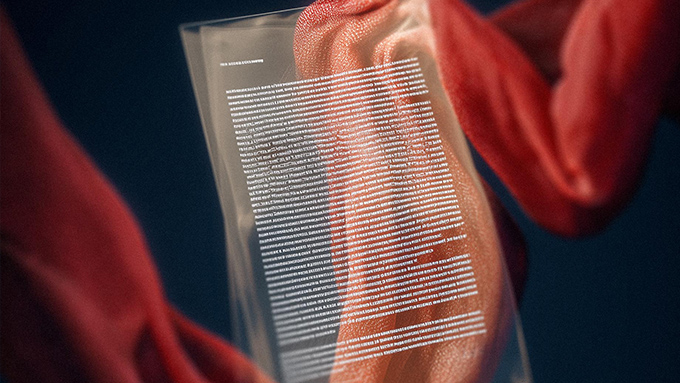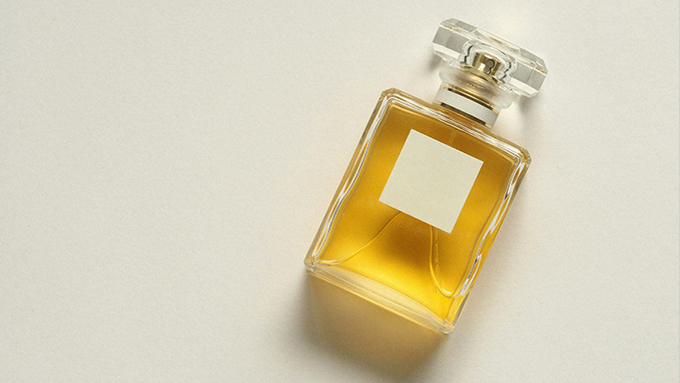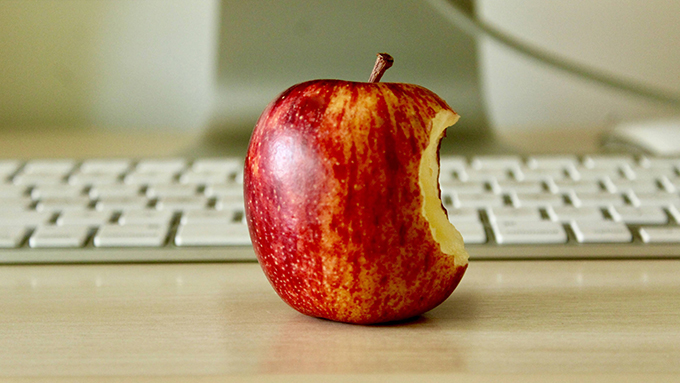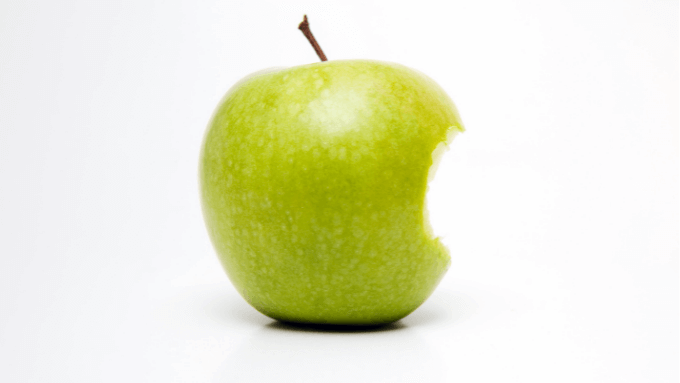Patent Rights under Industrial Property Law
Introduction
A patent is a protection granted to an invention that meets certain conditions. Patent protection is regulated under Article 82 ff. of Industrial Property Law No. 6769, entered into force on 10 January 2017 (“IPL”). Decree Law numbered 551 concerning Protection of Patent Rights (“FormerDL”) is abolished through enforcement of the IPL.
The IPL introduces certain amendments to patent rights, as well as other industrial property rights. Along with the shortening of terms within which to submit claims and applications, the system granting patent rights without conducting an investigation is repealed through the new amendments to the IPL. Patent rights under the IPL are examined in this newsletter article, including the latest amendments.
Subject of Patent Rights and Patentability Criteria
Patent rights mean a limited monopoly right in exchange for disclosure of technical information[1]. There are two options with respect to inventions. The first option is to use technical information without disclosing the same, and to protect the information in relation to the invention as a trade secret. The second option is to benefit from patent protection through disclosure of the details of the invention.
Patents encourage companies to make the necessary investments for innovation, and provide the incentive for individuals and companies to devote resources to research and development[2]. An invention constitutes the subject of a patent right. The term invention is not defined under the IPL, but it may be defined as a solution with regard to a technical area[3]. Although the IPL does not define the term, ‘invention’, it does foresee certain criteria for patentable inventions.
The first criteria foreseen in the IPL is novelty. Accordingly, inventions surpassing the state of the art are deemed as new. On the application date, all information known anywhere in the world, presented verbally or in writing, and which is accessible by society, is included in the term, ‘state of the art.’
The condition of an inventive step is defined as an “invention that is not obvious to the expert of the related technical area, and is deemed as including an inventive step.”
The third criteria of patentability, applicable to industry, means applicable in an industry as producible or usable in any given field of industry, including agriculture. Industry fields are to be interpreted widely.
Inventions that meet the explained criteria are deemed patentable, and through registration upon the invention owner’s request, it may benefit from patent protection for twenty years.
Since the public interest component is dominant for the utilization of inventions, patent rights are limited in various ways. As a part of time constraints of patents, a patent right is granted for twenty years and cannot be renewed. The time constraint of patent rights is based upon public interest. Since the crux of a patent right is invention, prevention of technological development, indefinitely, is not deemed to be convenient.
The second limitation occurs in compulsory licensing. Pursuant to Article 129 of the IPL, in the following situations, compulsory licenses may be granted:
- Non-use of patent;
- Connection of patent subjects;
- Existence of public interest,
- Exportation of medical products due to health issues in foreign countries,
- Impossibility of breeder to develop a new plant variety without violating an initial patent right; or
- Activities preventing, abusing, or limiting competition of the owner’s patent protection.
Since, through the amendment system granting patent rights without examination is repealed, the patent-granting procedure, including examination, will be examined below under the “National Application” section.
Patent types are differentiated between each other, and are identified according to subject of the relative invention, as the process and product patents.
Process Patent
Technical information constituting a product or a result, or causing these to be constituted, is the subject of utility patents[4]. Within this concept, protection granted to utility patents is essentially similar to the protection of product patents, and these two types differ as to their subjects.
Product Patents
Inventions, in other words, solutions that are subject to product patents formulate as products: such as a machine, a medicine or a chemical[5].
Patent Application
Similar to the FormerDL, the IPL also includes regulations concerning patents to be obtained pursuant to international treaties.
Accordingly, the national patent application and international applications will be examined, separately.
National Application
The national patent application is comprised of the following:
- Application,
- Procedural examination,
- Request for investigation, and investigation,
- Publication,
- Patent decision,
- Third party claims, and
- Finalization of patent decision.
Patent Cooperation Treaty
The Patent Cooperation Treaty (“PCT”) assists applicants in seeking patent protection, internationally, for their inventions, and assists patent offices with their patent-granting decisions. By filing one international patent application under the PCT, applicants can simultaneously seek protection for an invention in 126 countries, including the United States of America, the United Kingdom, France, Saudi Arabia, and Kuwait.
Application under the PCT may be initiated either from the national application offices of the countries that are party to the PCT or Word Intellectual Property Organization Offices. Following the application, an international examination report will be prepared and international publication will be made. Applicants may secure patent protection in requested countries that are party to the PCT, following finalization of the application.
Reference of the PCT is presented under Article 83/3(a) of the IPL.
European Patent Application
Unlike the PCT, the European Patent application not only facilities the application process, but also grants international protection. The application process includes similar stages as the explained national process. Accordingly, following the application, a procedural examination is conducted, an examination report is issued, and the application is published. Following the patent decision, patent protection may be ensured in various countries through validation.
The reference of European Patents is presented under Article 83/3(b) of the IPL.
Scope of Patent Rights
Pursuant to Article 85/2, a patent owner is entitled to prevent the following unpermitted activities of third parties:
- Production, sale, use, or importation of a product that is subject to a patent, or hold the same in possession for purposes other than for personal needs;
- Utilization of a process that is subject to a patent;
- To offer utilization of the process, subject to a patent by third parties to others whereby the use of which is known, or should be known, to be prohibited;
- The sale, utilization, importation or holding in possession, for any purpose other than for personal needs of products, directly produced through the patented process.
Termination of Patent Rights
Patent rights terminate in the event of (i) invalidity decision, (ii) expiration of term of the patent right of twenty years, and (iii) non-payment of annual fees concerning patent rights.
An invalidity decision is given by the relative court in the following situations:
- Failure to meet patentability criteria of the patent subject;
- Failure to explain the invention sufficiently in application documentation;
- The definition of the subject patent expands beyond that as set out in the initial application;
- If it is proved that the patent right owner is not entitled to request the patent right;
- If the protection of the patent is exceeded.
Conclusion
Similar to other industrial property rights, through the IPL, various amendments are introduced concerning patent rights. Accordingly, the patent process without examination is repealed, the objection right following the patent decision is granted, certain rights are granted to inventors studying in universities, and patent processes are facilitated.
Through explained amendments, the IPL aims to align itself with European legislation. Please refer to our article for detailed information on regulations concerning inventions of employees, entitled ‘Intellectual Property Rights of Employers[6]’.
[1] Güneş, İlhami. Patent Hakkı ve Bu Hakkın Komşu Kavram ve Hukuki Yollarla İlişkileri, p.1. http://www.yayin.adalet.gov.tr/adaletdergisi/48.sayi/8_ilhami_gunes.pdf
[2] https://ec.europa.eu/growth/industry/intellectual-property/patents_en Access date: 25.05.2017.
[3] Tekinalp, Ünal. Fikri Mülkiyet Hukuku, 2012, p.530.
[4] Saraç, Tahir. “Patentten Doğan Hakka Tecavüz ve Hakkın Korunması”, 2003, p. 73.
[5] Tekinalp, Ünal. Fikri Mülkiyet Hukuku, 2012, p.596.
[6] http://www.erdem-erdem.av.tr/publications/newsletter/intellectual-property-rights-of-the-employers/ Access date: 25.05.2017.
All rights of this article are reserved. This article may not be used, reproduced, copied, published, distributed, or otherwise disseminated without quotation or Erdem & Erdem Law Firm's written consent. Any content created without citing the resource or Erdem & Erdem Law Firm’s written consent is regularly tracked, and legal action will be taken in case of violation.
Other Contents

The Law on Intellectual and Artistic Works No. 5846 (“LIAW”) conditions the recognition of an intellectual product as a “work” (eser) under the LIAW—and thus its protection—on two fundamental criteria: the intellectual product must fall within one of the categories of works explicitly enumerated in the LIAW and bear...

Although trademark protection grants the proprietor strong and exclusive rights, its continuation is contingent upon the trademark being genuinely and functionally used in commercial life. Article 9 of the Industrial Property Code No. 6769 (“IPC”) authorizes the cancellation of a registered trademark where…

In today's competitive business environment, the protection of trademarks plays a vital role in maintaining the competitive advantage of businesses and ensuring consumer trust. In this context, the protection of well-known trademarks is of particular importance in preserving the commercial value and reputation of...

It is observed that there are changes in the legislation and judicial decisions as to whether the use of a previously registered trademark or a trademark for which a registration application has been filed can be considered as trademark infringement by third parties by using the trademark as a trade name...


Today, the globalization of economic activities leads to the transfer of numerous personal data internationally during the daily operations of companies. Therefore, like many national and international data legislations, Law No. 6698 on the Protection of Personal Data (“PDPL” or “Law”) includes protective...

The relationship between the author and the product of their creative activity is protected by moral rights. The moral rights of the author set out in the Intellectual and Artistic Works Act numbered 5846 (“IAWA”) include the authority to disclose the work to the public, the authority to designate the name...

The Court of Cassation has evaluated the criteria related to the similarity of the trademark in all of these decisions, and while showing how the criteria will be applied, it has also helped to determine the boundaries of the term “likelihood of confusion”. In this article, four different 2022 decisions...

The right to property, which is one of the concepts and values underlying the liberal economic and legal system, regulates the ownership relationship between the person and goods. The scope of the term “goods,” which is the subject of the concept of property...















